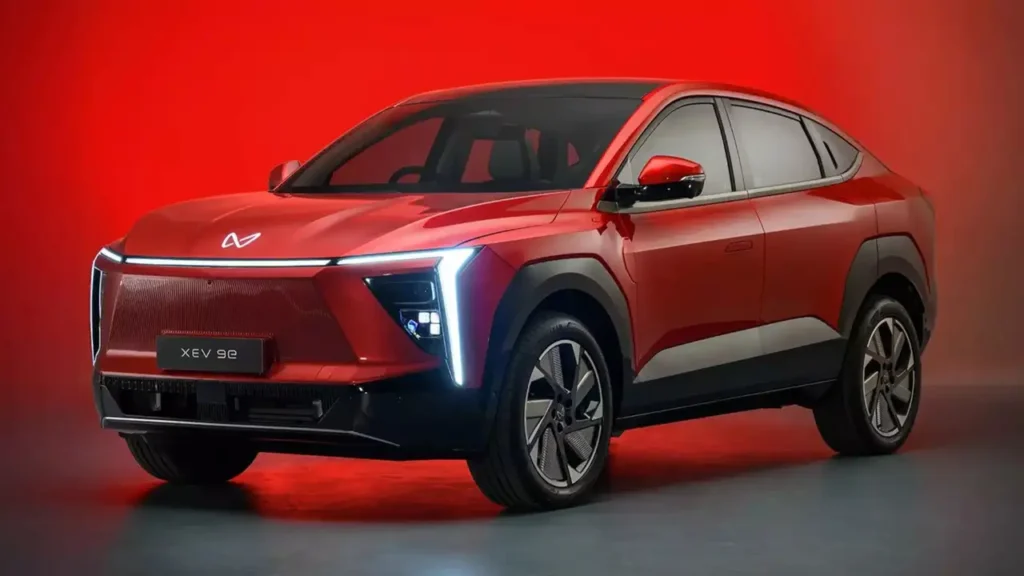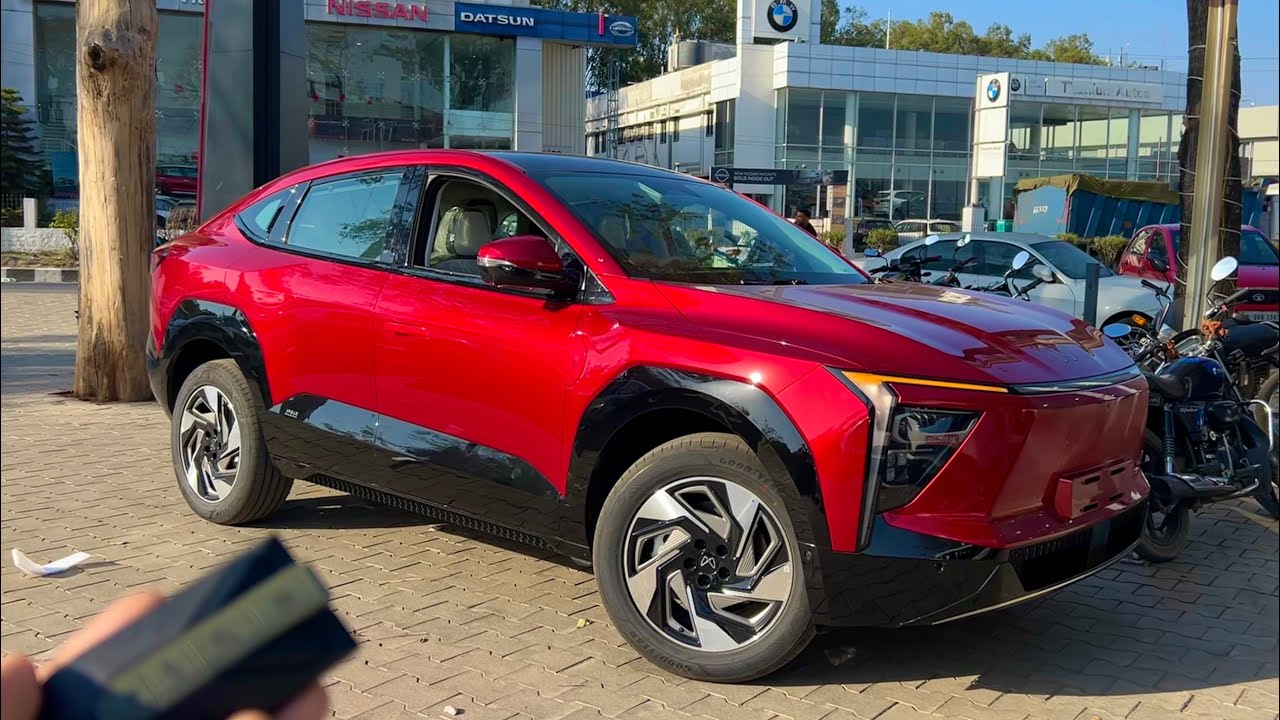In a significant development for the Indian automotive market, several leading automakers have announced nationwide price hikes for their vehicles. This shift in pricing is expected to impact a wide range of cars, from entry-level models to premium offerings. As car prices rise across the board, prospective buyers and industry observers are left to evaluate the causes of this increase and its implications for both the automotive sector and consumers. In this article, we explore the factors behind these price hikes and how they could affect Indian car buyers in 2025.
Reasons Behind the Price Hike
- Increase in Raw Material Costs
One of the primary drivers of the price hike is the sharp increase in the cost of raw materials used in vehicle manufacturing. Automakers in India rely on a variety of materials such as steel, aluminum, and plastic, all of which have seen a surge in prices globally. The automotive supply chain has been grappling with higher production costs due to inflationary pressures and global supply chain disruptions. These rising material costs have forced manufacturers to adjust their vehicle prices to maintain profitability. - Supply Chain Challenges
The automotive industry worldwide has been facing significant supply chain disruptions, which have impacted the production of vehicles. Issues like semiconductor shortages, logistics delays, and fluctuating shipping costs have caused delays in vehicle production and delivery. As a result, manufacturers are experiencing higher operational costs, which are being passed on to consumers. With many components, especially electronic parts, imported from overseas, these supply chain challenges contribute to rising prices. - Rising Fuel Prices
The increase in fuel prices has a cascading effect on the automotive industry. Higher fuel costs lead to increased transportation expenses, which affect not just the delivery of vehicles but also the movement of components within the supply chain. Automakers, in turn, must absorb these additional costs or pass them on to buyers. As fuel prices continue to rise, the cost of owning a vehicle also increases, prompting automakers to raise prices to cover the escalating expenses. - Government Policies and Tax Changes
Changes in government policies and taxes can have a direct impact on car prices. In recent months, the Indian government has implemented new regulations that affect the automotive sector, including stricter emission norms and taxes on certain materials and vehicles. Compliance with these regulations often requires manufacturers to make significant investments in upgrading their vehicles’ technology, which in turn drives up production costs. Automakers have little choice but to raise prices to offset these increased expenditures. - Introduction of New Features and Technology
To stay competitive in a rapidly evolving market, automakers are increasingly incorporating advanced technologies and features in their vehicles. From advanced infotainment systems and improved safety features to electric powertrains and autonomous driving capabilities, the cost of technology integration is substantial. While these features enhance the driving experience, they also contribute to the rising prices of vehicles. Consumers seeking modern, feature-rich cars are seeing a direct correlation between these upgrades and higher vehicle prices.

How the Price Hike Affects Consumers
The announcement of nationwide price hikes has raised concerns among consumers who may already be grappling with inflationary pressures in other areas of their lives. Car buyers, particularly those considering entry-level models, are now faced with higher upfront costs for vehicles that were once more affordable.
For many consumers, the price hikes may push car purchases to the back burner, particularly for first-time buyers or those looking for budget-friendly options. However, this price increase could also lead to changes in purchasing behavior. Consumers may turn to used cars or consider financing options to make higher-priced new vehicles more affordable. Additionally, some buyers may delay their purchases until prices stabilize or promotions and discounts become available.
On the other hand, buyers of premium or luxury vehicles may not be as affected by these price hikes, as the demand for high-end cars often comes from those with greater disposable income. However, the price hikes still represent an added cost for buyers in these segments, which could influence their decisions or lead to them exploring more affordable alternatives.
What Does the Future Hold for the Indian Automotive Market?
The price hikes announced by automakers are a clear indication of the growing pressure on the automotive sector. While it is difficult to predict exactly how long these price increases will persist, several trends are expected to shape the future of the market:
- Greater Focus on Electric Vehicles (EVs)
As automakers look for ways to mitigate rising costs and cater to growing consumer demand for eco-friendly options, electric vehicles (EVs) are likely to become a focal point. While the initial cost of EVs remains high, advancements in battery technology and government incentives could help reduce prices in the future, making EVs a more attractive option for cost-conscious buyers. - Shift in Consumer Preferences
The ongoing price hikes may lead to a shift in consumer preferences, with more buyers opting for smaller, more affordable cars or considering used vehicle markets. Additionally, demand for entry-level cars could see a decline as prices rise, while consumers may lean toward more fuel-efficient options or hybrid models. - Innovation in Manufacturing
To address rising costs, automakers may explore innovative manufacturing processes or partnerships to reduce expenses. This could include the use of lightweight materials, more efficient supply chain management, or local production of key components to avoid import duties and price hikes. By streamlining operations, automakers may find ways to reduce production costs and, in turn, keep prices from escalating further.
Conclusion
The nationwide price hikes announced by automakers in India reflect the ongoing challenges facing the automotive industry, from rising raw material costs to supply chain disruptions. While these price increases are set to impact car buyers across various segments, they also serve as a reminder of the complexities involved in vehicle production and the economic factors that shape the automotive market.
For consumers, this price hike could mean rethinking their car-buying plans, exploring alternative financing options, or considering different vehicle categories. As the industry navigates these challenges, the future of the Indian automotive market will likely be shaped by innovation, evolving consumer preferences, and the broader economic environment.







